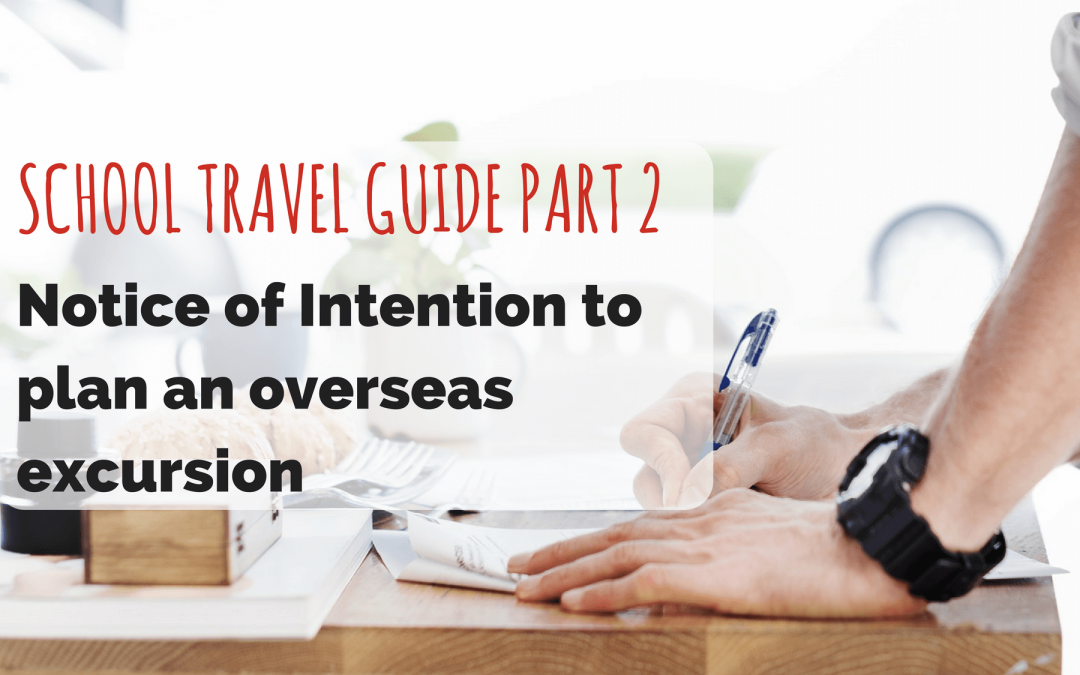In the first part of the School Travel Guide, we covered the first step: Pick your destination and travel dates. Now it’s time to let your school’s executive board know about your plans. No matter whether you’re teaching at a public or private school, your principal needs to approve and endorse your trip. It is essential that you inform them of your intention to take a student group overseas before looking at details.
This proposal should include the following:
- Organising teacher(s)
- Proposed class(es)
- Proposed destination(s)
Wherever in the world you are travelling to, it is always a good idea to check the travel advice on www.smartraveller.gov.au and to subscribe to their safety update service. The four different ratings range from ‘Exercise normal safety precautions’, ‘High degree of caution’, ‘Reconsider your need to travel’ to ‘Do not travel’. We would recommend to only suggest countries to your students that are rated at the green and yellow level. As I am writing this, the government recommends for most European and all North American countries to exercise normal safety precautions, and for Belgium, France and Turkey a high degree of caution. This doesn’t mean you cannot consider these countries, just make sure you’re informed.
- Proposed departure and return dates
The travel dates can play a big role in the cost of the tour, as flight rates generally increase during school holidays. Do propose to leave 1-2 days before the beginning of school holidays and/or return a few days after the beginning of the next term if you are concerned about the final price. Also, think about the destinations you desire to visit when you decide on the duration of the tour. While you CAN visit one or even two European countries in less than 2 weeks, we would recommend a longer trip to get the most out of the experience.
- Anticipated number of students
Even though it can be difficult to anticipate the number of students going on your trip, here are a few ideas on how you can gauge student interest. Find out whether your school has done an overseas trip in the past, and how many students attended. Speak to your colleagues and ask teachers from neighbouring schools about their experience. If you are worried about the parent’s ability to finance the trip, start planning more than 12 months in advance, so you can put together a payment plan with monthly or quarterly instalments to break down the cost.
- Other schools (if involved in the excursion)
You might consider planning your trip in collaboration with another school in your area. The reason can be a low number of students at your own school, or finding another way to bring down the cost. With a larger number of students, you may be able to get better rates or the airline might offer a group leader free of charge.
- Reasons for the excursion and anticipated student learning outcomes
This one is important. Not many principals will approve a student trip if it doesn’t have a clear educational focus. Questions that you should be prepared for are if the activities are available in Australia (and if so, why you chose a different country), how the destination is related to your curriculum and what advantages the students will earn from going on the trip.
In the next part, we will walk you through step 3: Draft an itinerary and obtain a quote. For more information, feel free to download our FREE 23-page Ultimate Guide to Planning a Successful Overseas School Tour.
